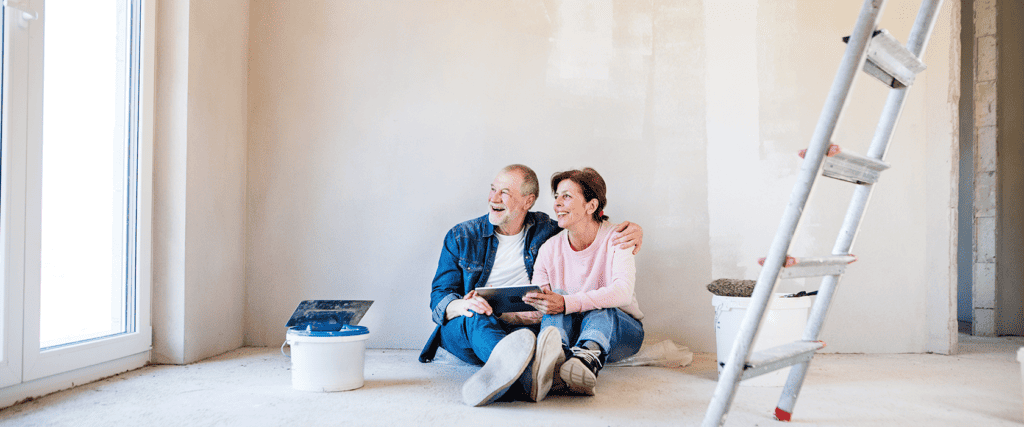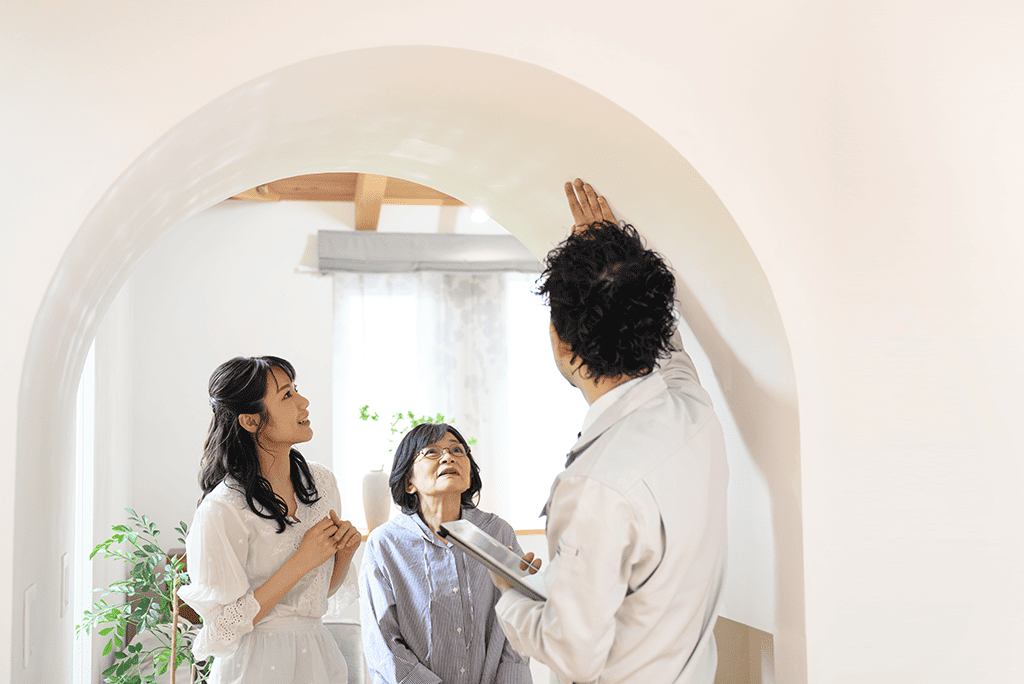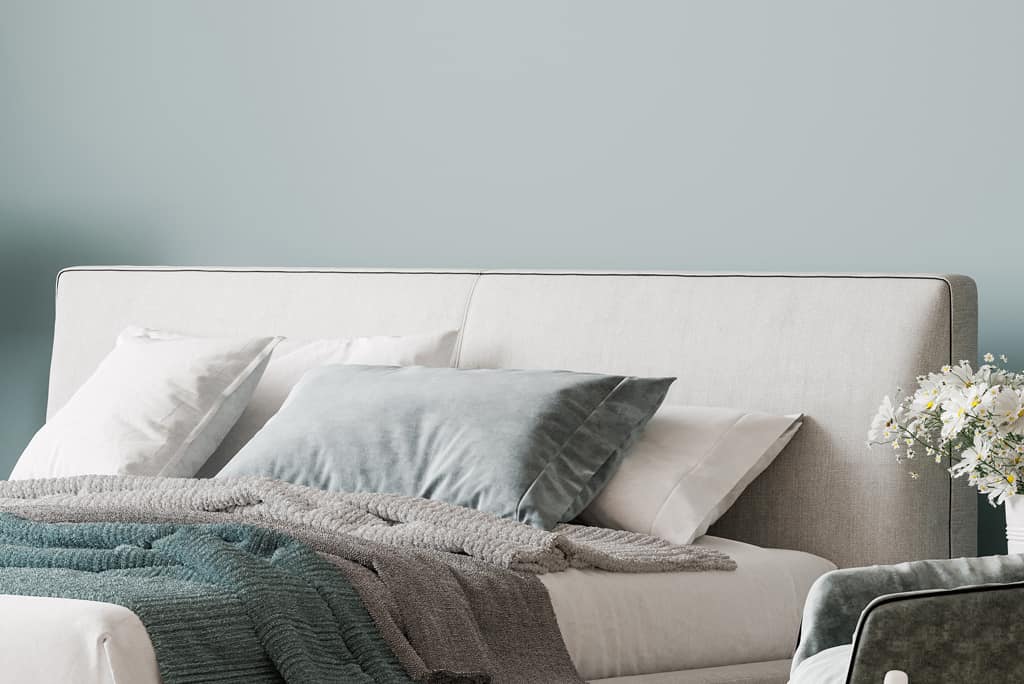
Remodeling Tips to Help Your Loved One Age in Place at Home
Is your loved one’s home ready for them to age in place? If they’re one of the nearly 34 million people who identify as a baby boomer who’s reached retirement age, perhaps this is a conversation you’ve had with them. If not, maybe it should be. An AARP study found that nearly 77% of adults 50 and older prefer to remain in their homes for the long term.
There are many benefits to enabling seniors to stay in their homes as long as possible. In addition to empowering your loved one and helping them maintain their independence and remain connected to their community, aging in place is also often more affordable. In many cases, the cost of home care is less than half the cost of a semi-private room in a nursing home or assisted living community. For seniors who want to age in place, ClearWellness service can help by providing seniors and their families with an affordable wellness monitoring service that bridges the gap between full-time care and independence.
Aging in place looks different for everyone. There is no one-size-fits-all approach when it comes to making it possible for your loved one to remain in their home independently. Budgets and fixed incomes vary greatly, impacting the list of potential home modifications. However, that does not need to be a roadblock in your journey toward helping your loved continue independent living. There’s a wide variety of renovations and modifications that can be done to stay within budget and ensure they can comfortably age in place at home.
Below we’ve provided several tips for home remodeling for seniors! We hope these tips help make your loved one’s home as functional and comfortable as possible for them to maintain independent living for as long as possible.
Keep Calm and Age-in-Place

Before we delve any deeper into our renovation discussions, it’s worth noting that handling home renovations can be one of the most stressful things someone goes through in their lifetime. The mess, the noise, and the disruptions to daily routines are just a few of the things that make remodeling so stressful. But don’t worry. Undergoing renovations of any size at any age can be frustrating and stressful. While attempting home remodeling for seniors, here are a few tips to help make the process as smooth and stress-free as possible.
Be clear on the budget: Whether making a few minor modifications or major renovations, it’s important to nail down (pun intended) the budget before you get started. Nothing is more stressful than watching the remodeling funds dwindle more quickly than expected. Some questions worth considering include:
- How much is available in savings?
- How much will come from other funding (i.e., credit cards or home equity loans)
Do your research: Resources such as the Better Business Bureau (BBB) and Angi (formerly Angie’s List) can help you find reputable contractors to help complete any home renovations.
Ask for help: Sometimes larger home renovation projects can feel overwhelming. If needed, reach out to a trusted friend or relative to help you plan, manage and organize larger home renovation projects.
Maintain Open Communication: Whether it’s with a contractor, caregiver, or companion, clear communication is key. This will help to set clear expectations throughout the project and avoid costly change orders or delays.
Take a walk: Home is a place of sanctuary, and it can be so stressful when it’s in disarray! If your loved one is feeling stressed by living in their home during a remodel, encourage them to take some time away from their house. This can be in the form of a walk, running errands, or even a staycation at a nearby hotel.
Maintain routines: Disruptions to your loved one’s daily routines can also be very stressful, so during an extensive remodel it’s important to encourage them to maintain their regular groove as much as possible. Our Certified Health and Wellness Coaches can also help encourage your loved one to maintain their routine during their twice-weekly calls with your loved one.
Stay flexible: There’s no such thing as a perfect renovation. Delays, changes, mishaps and more are all completely normal and should be considered part of the remodeling process. A rigid timeline and unrealistic expectations are sure to cause unnecessary anxiety. On the other hand, flexibility and the understanding that eventually these home renovations will be complete will help make the process much more pleasant!
Ready to renovate? Take a deep breath and relax as we walk through a checklist of helpful home remodeling tips for seniors.
Home Remodeling Tips for Seniors

Overall Floorplan
Single story living: due to potential changes in mobility, it’s best to ensure the main living spaces (I.e., kitchen, laundry room, bedroom, full bathroom) are either in a single-story home, or easily accessible on the first floor of the home.
- If possible, eliminate steps and uneven surfaces between rooms, or ensure the main living spaces are on the same level.
Wide open spaces: Widen doorways and hallways to meet the Americans with Disabilities Act (ADA) minimum of 32″. This will provide enough room for a walker, mobility scooter or wheelchair to pass through comfortably.
- The National Association of Home Builders (NAHB) recommends at least 5’ x 5’ space in your living areas, kitchen, and the primary bedroom and bathroom for easy access and turn space.
- Not renovating but rearranging – reconstruction is not required to change the layout of a room. Consider the furniture in the space and how it could be rearranged to allow for more open space and accessibility.
- Remove all potential tripping hazards (clutter, cords, unused furniture) to ensure a safe living environment.
Windows: Ensure all windows are insulated and weather sealed in order to reduce drafts. If needed, update curtains or blinds to be handled easily from a seated position.
Doors: Replace knobs with lever-type handles. These are easier to open for someone with grip issues like arthritis.
Lighting: Install nighttime guide lighting in hallways to ensure safety of movement. It’s also a good idea to install lighting controls that can be easily accessed from a seated position.

Exterior
Low maintenance landscaping: Plant shrubs, flowers, and other plants that require little care. Consider replanting high maintenance flowerbeds and fast-growing grass with shrubs and plants that require little care.
Clear paths: Clear away any plants and garden decorations from the paths to ensure accessible travel to/from your home.
Visual doorbells and alarms: Consider installing an amplified doorbell or alarm, or ones with flashing lights and ensure they can be seen throughout the home.
Entrances: Ensure decks, patios, porches and other entryways are at least 32” wide for full accessibility. Replace stairs with gently sloping ramps with handrails or guardrails. Ensure all surfaces are non-slip and covered.
Lighting: Ensure there is sensor lighting or pathway lighting for safe nighttime access.
Garage
Accessible entrance: If needed, install a ramp with a handrail from the garage into the room.
Carports: Clear space in your garage, or install a covered carport to ensure safe access in all weather. It’s also best to clear at least 5’ aisle access around the car for easy mobility.
Kitchen
Counter height: If needed, adjust counter heights to accommodate working from a seated position; the ADA recommends a minimum height of 36”.
Storage: Install or utilize lower storage shelving to prevent falls when reaching for items in a higher place.
Sink: Install safety controls on water heaters in order to prevent scalding. If needed, ensure there is clearance under the counter for a wheelchair.
Stove: Install an electric cooktop with controls on the front or sides. This is often safer than a gas stove or a stove with controls on the back.
Bathroom
Shower: If possible, it’s best to use a bathroom that has a shower only, rather than a shower/bath combo. This is due to ease of access and eliminating large steps in/out of the tub that could cause a fall. Install non-slip flooring for wet areas and add a handrail and seat for safety and comfort.
Space to move: If possible, ensure there’s a 5’ x 5’ space to turn for easy mobility.
Storage: Utilize lower shelves rather than upper cabinets for easier access.
Bedroom
Space to move: Ensure there’s at least a 5’ x 5’ space around the bed for easy mobility.
Beds: Consider lowering your bedframe to ensure easy access in/out of bed. The ADA recommends beds should be no higher than 23” from the floor. You can also consider using an adjustable bed, that can be modified between a flat and reclined position.
Whether you’re coordinating making major renovations or minor remodels for your loved one, the main focus of home remodeling for seniors is safety and comfort. At every level of the remodel, even if it’s simply rearranging furniture, it’s important to consider how the space is being used now, as well as at every stage of life. And most importantly: try to enjoy the remodel process together as much as possible!
You Might Also Like

How to Protect Senior Eye Health
